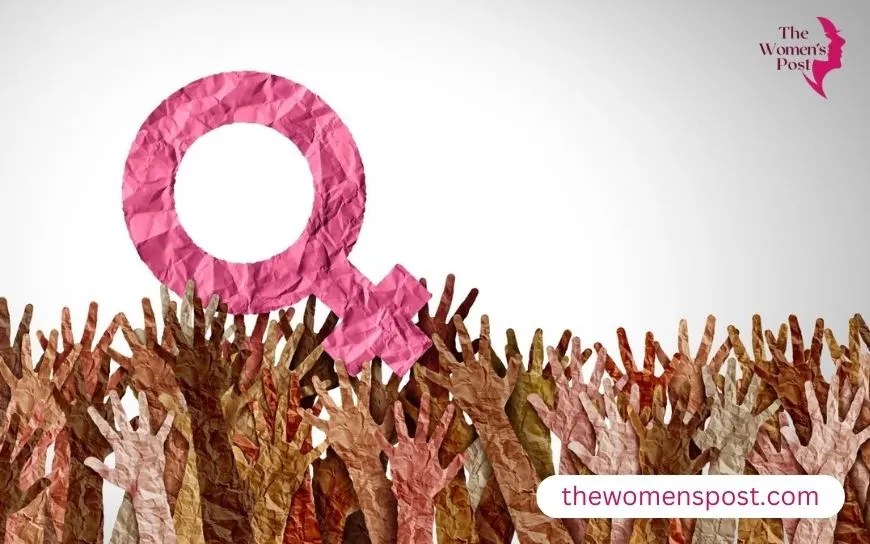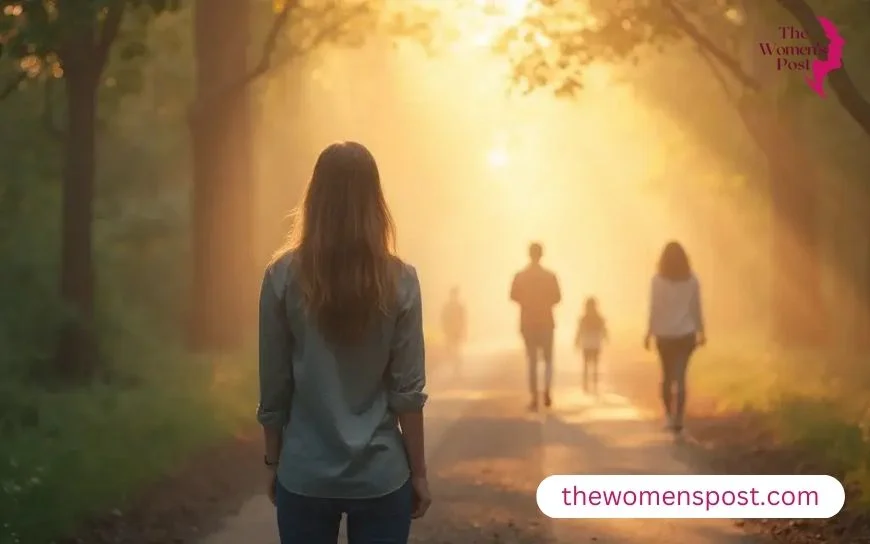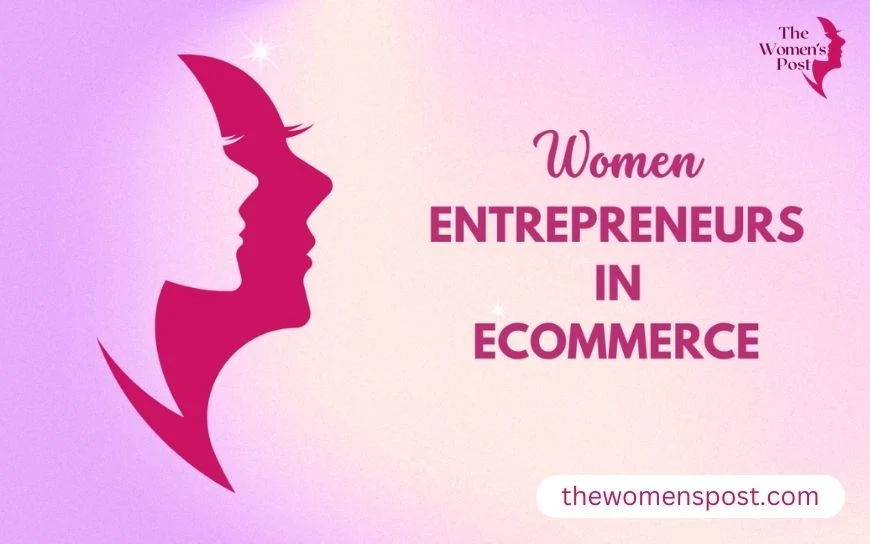Influence Of Female Directors On Audience Perceptions
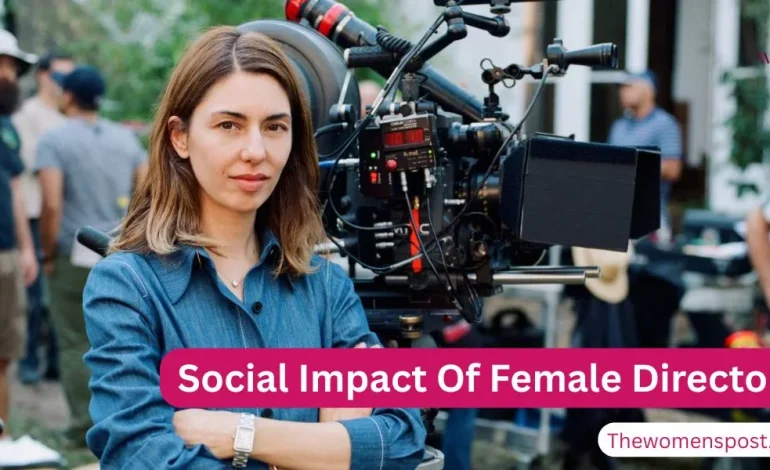
Female directors have transformed the world of film in significant ways, demonstrating how women directors influence audience cultural perceptions in film. They introduce new perspectives that transform the way audiences perceive stories, individuals, and society. Historically, films were predominantly produced by men, and consequently, numerous stories were centered on male lives.
But when women directors helm the chair, they tend to emphasize themes such as empathy, family relationships, and personal travail that resonate with more people. This change makes audiences question established thoughts and look at the world with new eyes. Their efforts establish that films are not solely entertainment—they can shape minds and initiate change, illustrating the impact of female filmmakers on viewer thinking in film.
Historical Challenges Faced by Women Directors
Women directors historically had to contend with rough barriers. In the early days of Hollywood, pioneers like Alice Guy-Blaché made hundreds of films, but they got little credit. By the mid-20th century, the industry became even more male-dominated.
It was not until the 1970s and 1980s that women directors like Jane Campion and Kathryn Bigelow started breaking through. Bigelow was the first female to take home an Oscar for Best Director in 2010 for “The Hurt Locker,” a war movie that portrayed the inner life of soldiers. This victory broke doors open and proved that women directors could do it all, from action to drama. As time passed, the emergence of women directors has contributed to more realistic stories. Their development in film has added to the industry a rich diversity of styles that resonate intensely with audiences.
Impact on Gender Portrayal in Cinema
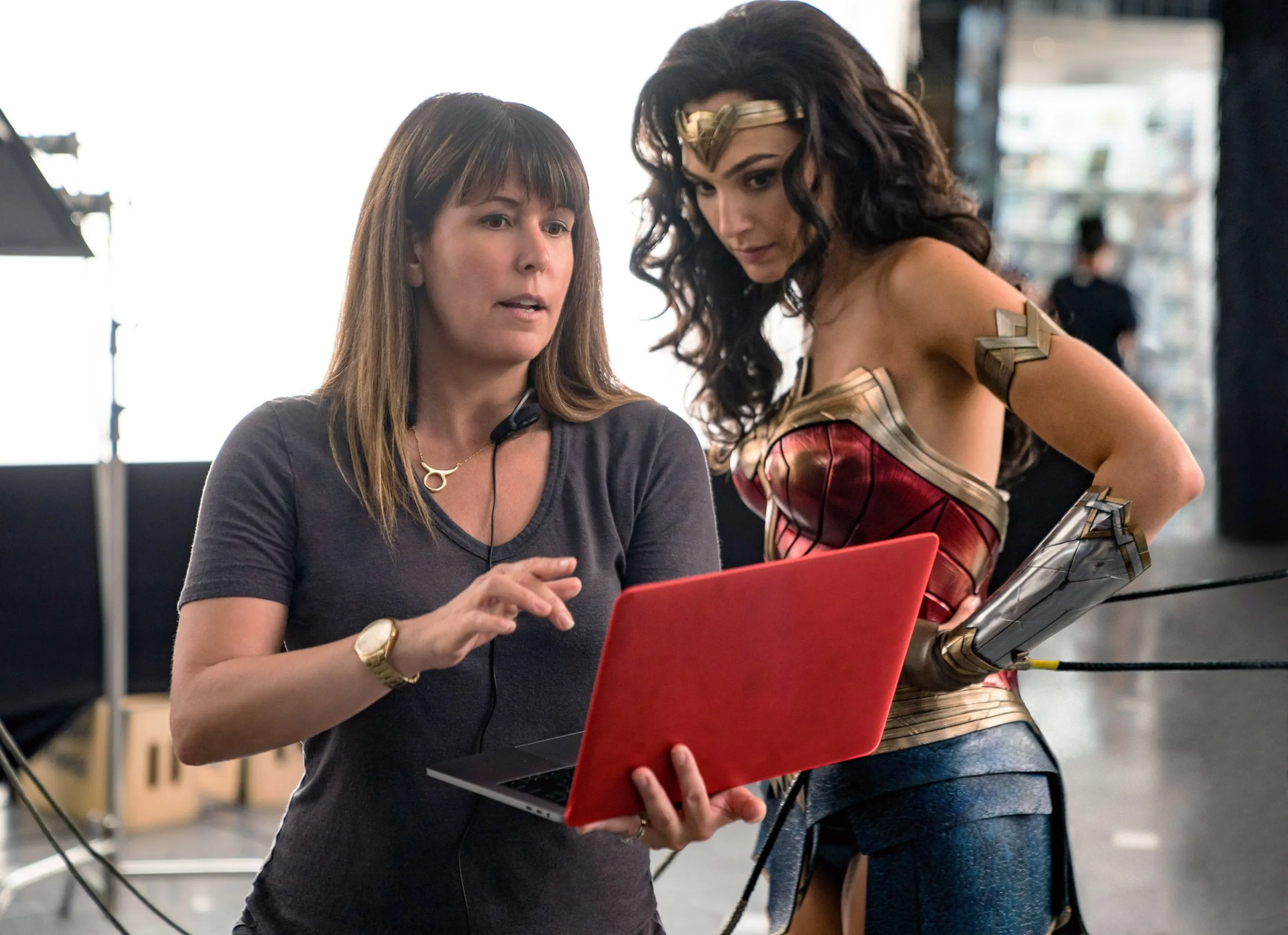
Also Read: The Impact Of Women In Fashion As Art
One of the most significant contributions is to gender portrayal. Female filmmakers tend to develop the female characters with complexity, rather than as sidekicks or caricatures. For instance, in movies such as “Wonder Woman” by Patty Jenkins, the heroine is tough, intelligent, and compassionate, which defies the notion that women action heroes need to be as tough as men. Audiences adored it, and the success of the movie showed that women-led narratives could attract large audiences, demonstrating the impact of female-directed films on the cultural perspective of viewers.
Authentic Stories by Women Directors
Likewise, Greta Gerwig’s “Lady Bird” and “Little Women” delve into young women’s inner lives, revealing their aspirations, imperfections, and relationships as real ones. These movies make the audience, particularly youths, feel understood and visible. Films by female directors are less likely to underrepresent or stereotype women, resulting in more well-rounded perspectives. This transforms audience viewpoints by making females familiar figures as multifaceted people, not objects.
Bringing Diversity to the Screen

Also Read: The Contribution Of Poetry In Feminist Movements
Aside from gender, female directors add diversity to the screen. They tend to incorporate stories of other cultures, races, and backgrounds. Feminine directors such as Ava DuVernay with “Selma” bring attention to Black history and civil rights, making it easier for audiences to understand issues such as racism from a personal perspective. Chloé Zhao’s “Nomadland” concerns older women dealing with loss and liberty, creating a mix of real-life aspects and fiction.
Intersectionality in Storytelling
These movies prompt sympathy and lead individuals to consider lives different from their own, adding to the impact of women directors on culture views. Women filmmakers introduce intersectional themes, where race and class intersect with gender, opening up the way audiences perceive the world. On the global screen, female directors such as Lebanon’s Nadine Labaki or India’s Zoya Akhtar address social stigmas, making audiences question norms in their own cultures.
Engaging Audiences with Social Issues
Women filmmakers also influence the way audiences respond to social issues. Their movies tend to stimulate discussion regarding equality, mental illness, and power. For example, Emerald Fennell’s “Promising Young Woman” handles revenge and consent in such a way that the audience is uncomfortable but mindful of actual issues. This type of storytelling compels individuals to question their assumptions.
Evolving Audience Reactions
Women representation in movies is getting better with time, and audience response is also changing—the more people enjoy stories that are real and inclusive. At festivals such as Cannes, the presence of women directors results in choices that provide more profound glimpses into human existence and smash ancient conventions.
Challenges and Opportunities for Women Directors
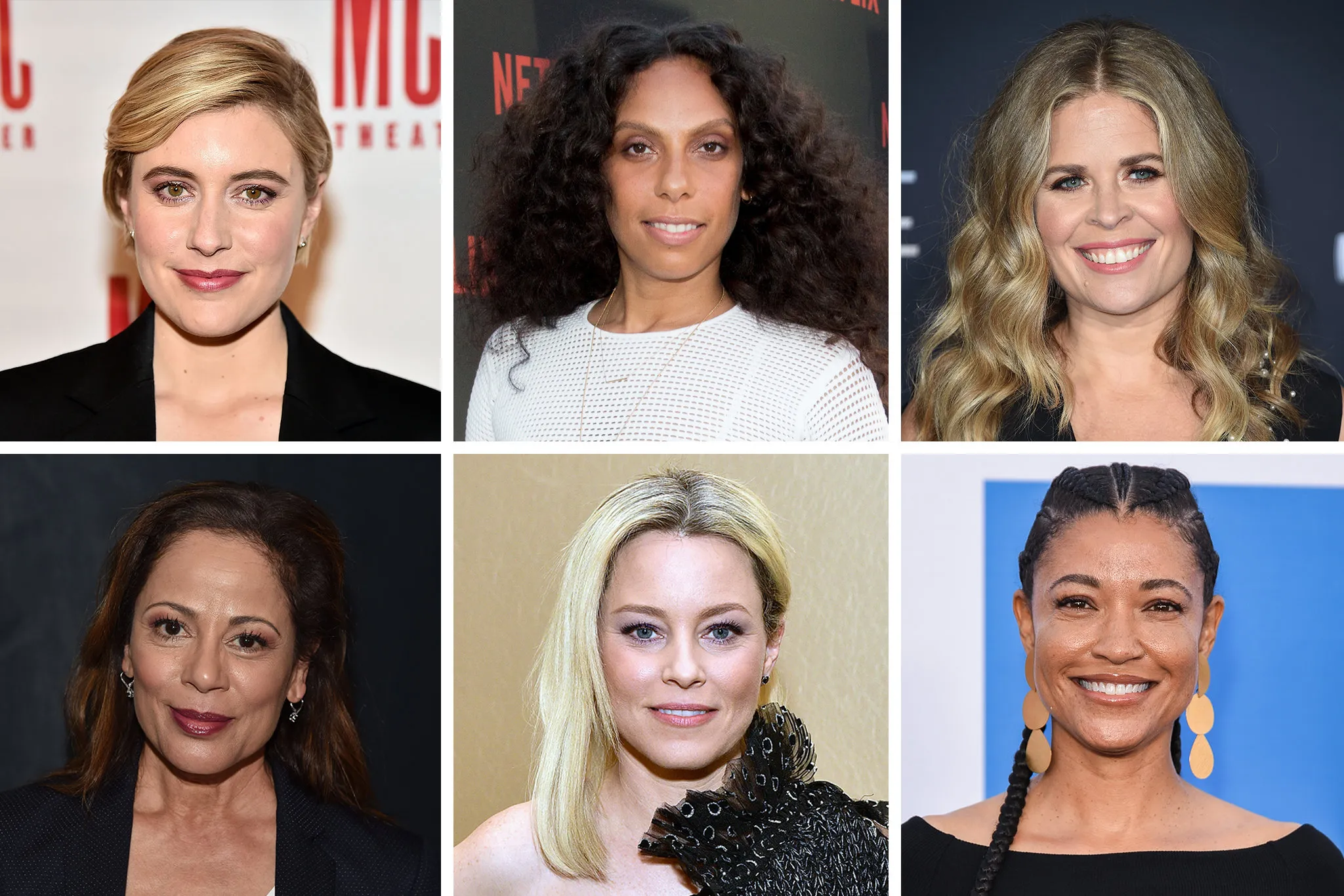
But problems persist. Women directors constitute only approximately 16% of directors of leading grossing movies, falling from recent times. Funding bias and hiring bias restrict their scope. In spite of this, their influence increases through independent productions and online platforms.
Women directors in independent film introduce unfiltered, autobiographical stories that the bigger films may overlook, appealing to specialty audiences and incrementally reshaping the larger image. The more women directors who join the ranks, the more they act as mentors to others, building a support system.
Conclusion: The Lasting Influence of Female Directors
Ultimately, female directors reshape the way people view things by presenting authentic, diverse stories. They produce movies that are true to life and challenge the norms, allowing people to look past stereotypes. Though work remains to be done for equality in this industry, the impact of these directors is evident: they make film richer and more accessible for everyone, affirming the way women directors influence audience cultural understanding in film. They empower women on screen and change the way people enjoy and perceive movies. This continuous transformation holds out the promise of a future with varied voices that pave the way for storytelling.


